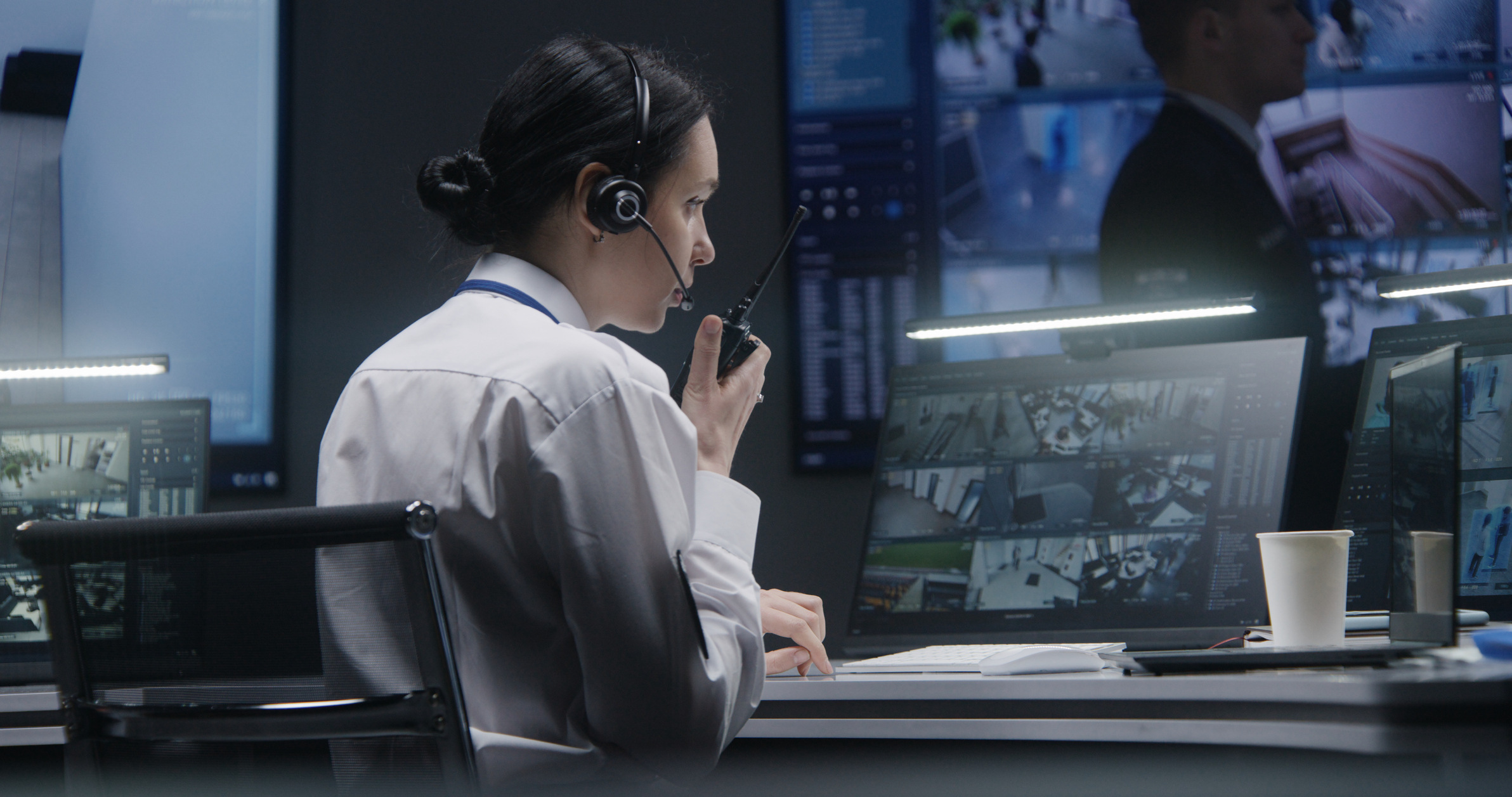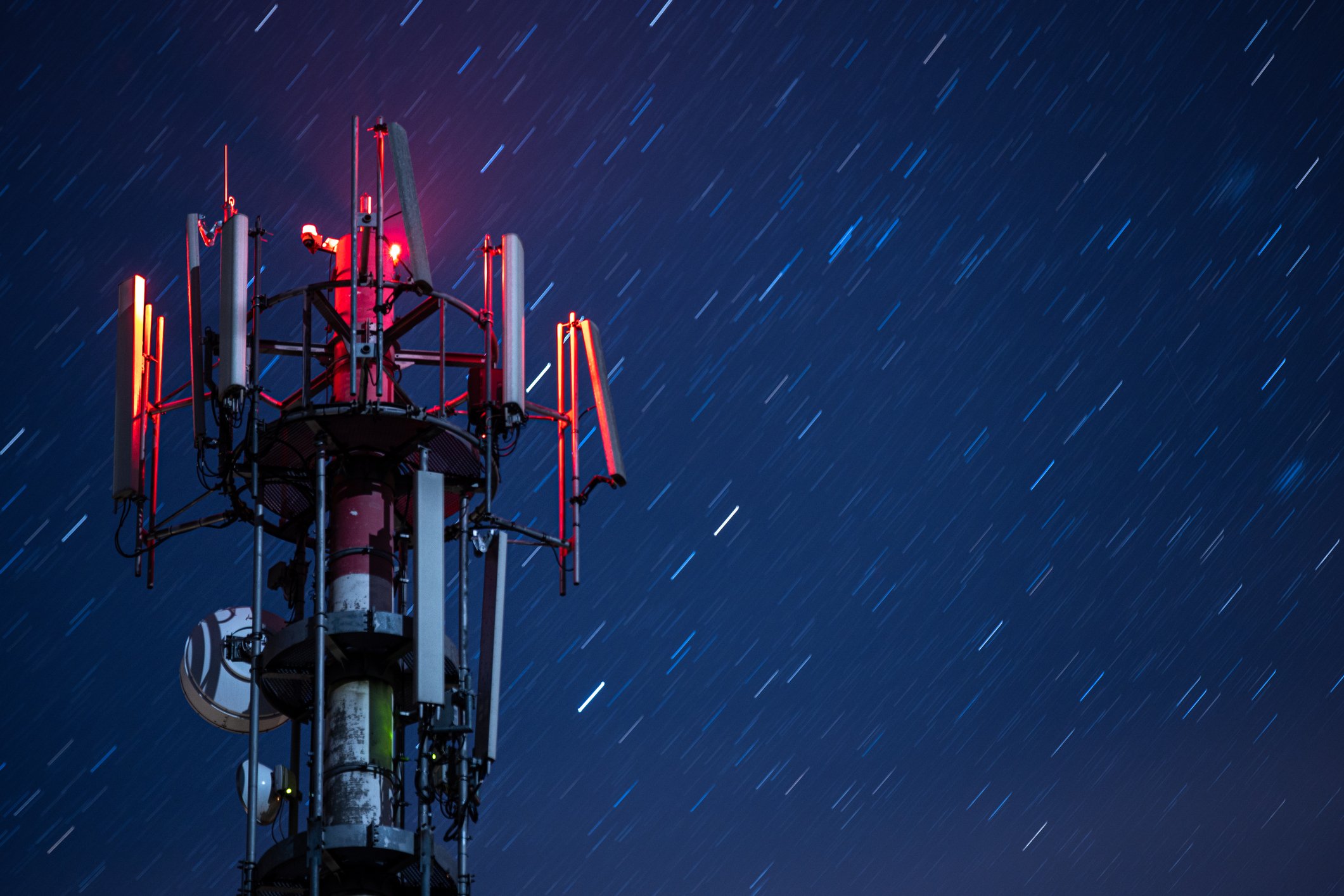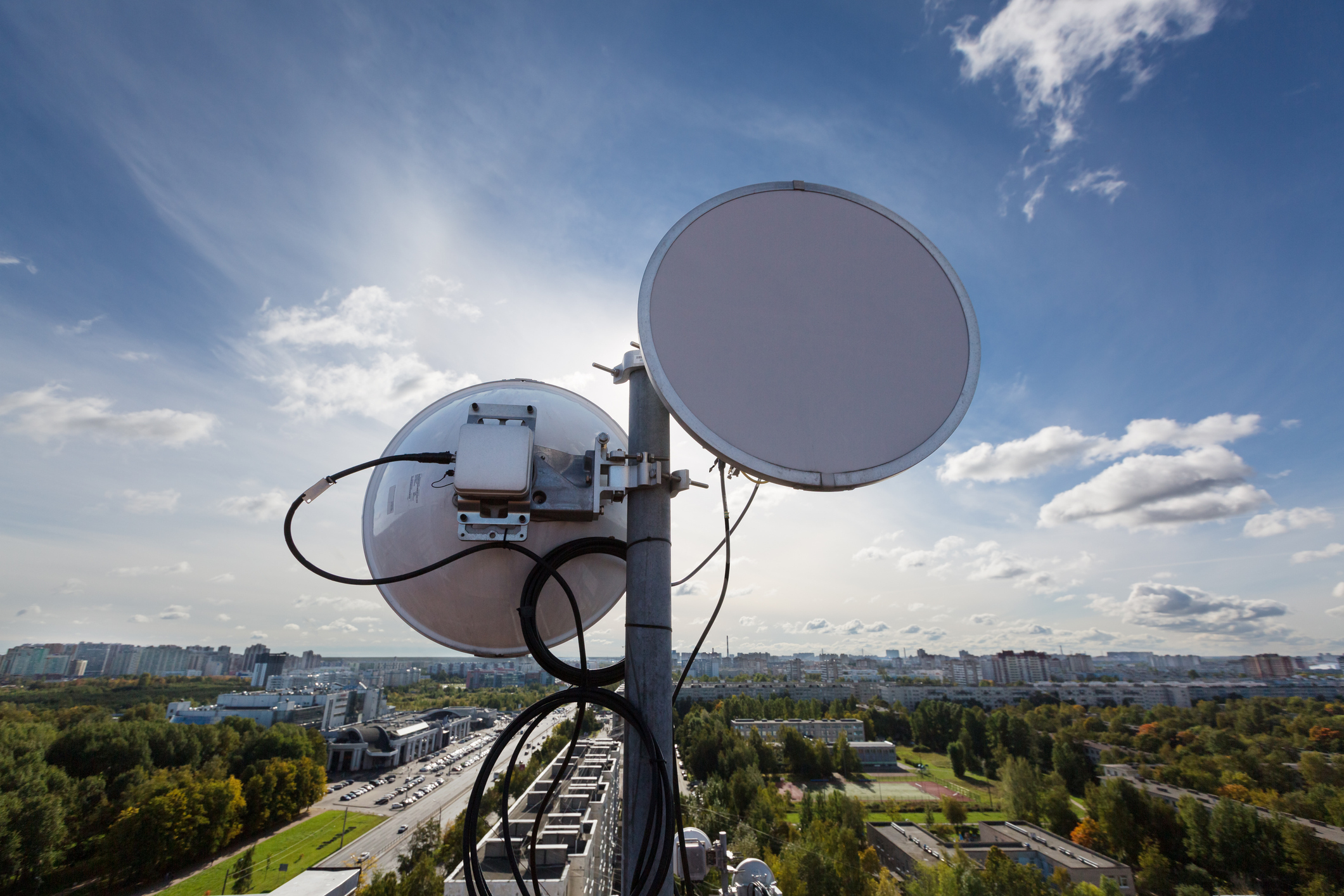
- December 2025 (1)
- November 2025 (2)
- October 2025 (3)
- September 2025 (3)
- August 2025 (3)
- July 2025 (2)
- June 2025 (3)
- May 2025 (3)
- April 2025 (3)
- March 2025 (2)
- February 2025 (1)
- December 2024 (2)
- November 2024 (1)
- August 2024 (2)
- June 2024 (3)
- May 2024 (3)
- April 2024 (1)
- March 2024 (3)
- February 2024 (2)
- January 2024 (2)
- December 2023 (1)
- November 2023 (2)
- October 2023 (2)
- September 2023 (1)
- August 2023 (1)
- July 2023 (2)
- June 2023 (3)
- May 2023 (2)
- March 2023 (4)
- January 2023 (2)
- November 2022 (2)
- September 2022 (1)
- August 2022 (2)
- July 2022 (2)
- June 2022 (1)
- May 2022 (1)
- April 2022 (3)
- March 2022 (1)
- February 2022 (3)
- January 2022 (2)
- December 2021 (1)
- November 2021 (1)
- October 2021 (2)
- September 2021 (3)
- August 2021 (1)
- July 2021 (3)
- May 2021 (2)
- April 2021 (2)
- March 2021 (2)
- February 2021 (3)
- January 2021 (3)
- December 2020 (1)
- October 2020 (1)
- August 2020 (1)
- August 2019 (1)
- January 2019 (2)
- September 2018 (5)
- June 2018 (1)
- November 2017 (1)
- September 2017 (1)
- July 2017 (1)
- May 2017 (1)
- January 2017 (1)
- October 2016 (2)
- August 2016 (1)
- July 2016 (1)
- June 2016 (1)
Subscribe by email
The limitations of wired connectivity–like inflexibility and high installation costs in remote areas–have fueled the rise of cellular technologies for live video monitoring and surveillance. 5G and sometimes even 4G provide adaptable and scaleable alternatives. 5G technology matches the speed of wired connections and enhances connectivity, especially in areas where cables are impractical or impossible.
However, deploying 4G and 5 G poses challenges. Live video’s high data demands require robust data plans, and planning for scalability becomes critical as deployments grow. Zipit offers a comprehensive solution. Our carrier relationships, high-usage data plan offerings, and advanced management platform ensure seamless connections and can even facilitate end-user billing. We help you scale your operations and maintain optimal performance across all devices.
In this guide, we’ll explore how 4G and 5G have transformed live video monitoring, broadcasting, and surveillance, setting new standards for connectivity and security.
How advancements in 5G enhance live video monitoring applications
5G unlocks new possibilities for live video monitoring by providing high resolution, low latency, and increased data transfer speeds. This translates to sharper images, faster response times, and the ability to stream multiple high-definition video feeds simultaneously. These advancements benefit a wide range of applications, like security cameras, wildlife monitoring, wildfire detection, and construction sites.
5G for security cameras
Unlike home security cameras limited to Wi-Fi, cellular security systems leverage 5G for high resolution, allowing security personnel to capture minute details from a distance or in poorly lit conditions. Additionally, the low latency of 5G facilitates faster responses and seamless communication with other systems, which is crucial for immediate action in security operations. This combination of speed and clarity offered by 5G provides more reliable and effective surveillance solutions.
Learn more: IoT Smart City Technology: An Introductory Guide
5G for broadcasting
5G enables large and small networks to deliver high-quality content with greater efficiency and lower costs. This advancement comes from 5G's ability to support higher data rates and significantly reduced latency compared to previous technologies. As a result, broadcasters can stream high-definition video content reliably, even over long distances, without degrading the quality. This clarity and reliability was once only possible for larger networks with the resources to invest in expensive infrastructure.
With its capacity for high-speed data transfer, 5G allows broadcasters to use more compact equipment and fewer persons to manage the setup. This streamlined approach cuts operational costs and enhances the flexibility to broadcast from varied locations without the typical logistical burdens. Reporters and crews can manage multiple streams or feed directly to their audience with minimal setup time and infrastructure.
5G enables real-time broadcasting from virtually anywhere without the constraints and setup delays associated with satellite or fixed cable connections, opening up new possibilities for more dynamic and widespread media coverage.
Learn more: Cellular Bonding for Event Broadcasting and Video Streaming
5G for video monitoring
5G technology enhances the capabilities of video monitoring devices, particularly in applications in remote or challenging environments. This technology is ideal for wildlife monitoring, wildfire detection, and construction sites, where real-time, high-resolution video streaming is crucial.
Wildlife monitoring: 5G’s ability to handle high-speed data transmission effortlessly is vital in remote locations where traditional internet services might be unreliable or unavailable. For instance, wildlife biologists can use 5G to monitor animal behavior and movements through multiple camera feeds streaming simultaneously without disturbing the habitat.
Wildfire monitoring: 5G enables the deployment of cameras in multiple locations across a forest for live video feeds that help detect and track the spread of fires in real time. This rapid data processing allows for quicker response times, potentially saving vast areas of natural habitat and reducing the damage caused by wildfires.
Construction sites: 5G's robust connectivity allows project managers to monitor multiple site areas simultaneously. This surveillance capability ensures safety protocols are followed and can help track the progress of the construction work, optimize the deployment of resources, and promptly address any operational issues.
By allowing multiple cameras to stream concurrently at one location, 5G maximizes the coverage area and enhances the quality and reliability of monitoring, making it indispensable for managing and safeguarding remote and critical sites.
A real-world use case of cellular for video monitoring
Bushnell, a leader in outdoor trail cameras, significantly enhanced its product line by partnering with Zipit Wireless to introduce cellular connectivity into its cameras. This strategic move transformed Bushnell’s robust trail cameras into advanced subscription platforms that deliver real-time, remote access to wildlife images and videos.
By enabling cellular connectivity, Bushnell can allow users to change settings, receive alerts, and access photos from anywhere without needing to retrieve data from the cameras physically. With Zipit’s connectivity and billing platform, Bushnell can activate devices on multiple cellular networks and manage data subscriptions in one place. Cellular technology improved customer experience, increased user engagement, expanded the functionality and appeal of Bushnell’s trail cameras, and drove significant revenue per device.
Benefits of 5G for video monitoring and surveillance
Flexible placement
Unlike Wi-Fi, which is constrained by range and often requires proximity to routers, 5G's extensive cellular network coverage allows devices to be installed in virtually any location. This flexibility is crucial for monitoring expansive or geographically challenging environments, ensuring that no critical area is left uncovered due to range limitations.
Remote management
With 5G, operators can remotely configure and manage video monitoring devices, receive alerts, and troubleshoot issues without physical access. This enhances security operations by enabling quicker responses and reduces the need for frequent on-site maintenance visits, making it highly efficient for managing extensive surveillance networks.
Scalability
5G is engineered to support vast numbers of connected devices within a single network, overcoming one of the significant limitations faced by previous generations of cellular technology. This scalability is essential for modern surveillance systems, especially in urban settings or large-scale industrial environments where thousands of devices must operate simultaneously without performance loss. The ability to scale seamlessly with 5G ensures that the network can accommodate increasing devices without a hitch as monitoring demands grow.
High-resolution
With enhancements in speed and latency, 5G dramatically improves the quality of video feeds, supporting high-resolution images critical for detailed monitoring. The latency improvement alone, which is 50-100 milliseconds faster than 4G, allows for sharper, more consistent video streaming, making it easier to identify persons of interest or read license plates from a distance, for instance.
Low-latency
Low latency is a hallmark of 5G technology, facilitating real-time data processing and device communication. In video surveillance, this means that video feeds are almost instantaneous, with minimal delay between capturing video and its display on monitoring systems. This near real-time responsiveness is critical when every second counts, as it does in emergency response and real-time security breach interventions.
High speeds
5G offers speeds up to 1000 times faster than 4G, revolutionizing surveillance systems' data transmission and download capabilities. This speed, coupled with enhanced mobile broadband (eMBB), supports high-definition video streaming without buffering, ensuring that surveillance footage is high quality and accessible in real time. These high speeds are crucial for maintaining the integrity of live feeds and enabling advanced analytics, such as facial recognition or automatic number plate recognition.
4G vs. 5G for live video monitoring
While 5G technology brings remarkable advancements to live video monitoring and surveillance, there are scenarios where 4G still holds relevance and practicality. The continued optimization of 4G and the enhancements made in preparation for 5G have inadvertently improved 4G performance, making it a viable option under certain conditions.
Impact of 5G technology on 4G
Introducing new hardware with 5G has enhanced the speed and reliability of 4G networks. Also, as 4G infrastructure has expanded, network congestion has decreased, leading to better service quality. These optimizations ensure that 4G remains a strong contender, particularly where 5G availability is limited.
The upgrades to network infrastructure in anticipation of 5G have also benefited 4G networks. As carriers have prepared for the speed and low latency of 5G, they have enhanced the backhaul connections between towers and data centers, often using fiber optics. This prepares the networks for 5G and boosts 4G performance by reducing bottlenecks in data transmission, ensuring that even 4G users experience faster and more reliable connections.
Choosing between 4G and 5G
While 5G undoubtedly offers superior speed and bandwidth, capable of supporting up to a million devices per square kilometer, there are practical considerations that might make 4G more suitable in specific contexts:
- Availability: 5G is still being rolled out globally and is not yet available in many parts of the world. In contrast, 4G networks are more widespread and can provide adequate service in places where 5G is not yet an option.
- Power consumption: 5G technology requires more power, impacting device battery life and thermal management. In environments where power efficiency is crucial or where devices need to operate over extended periods without frequent recharging, 4G might still be preferable.
- Surveillance needs: For applications that do not require ultra-high-definition video or the lowest possible latency–such as basic video monitoring where real-time interaction is not critical–4G can sufficiently meet these needs.
Although 5G is often the superior choice for the demanding data needs of modern surveillance and video monitoring, the improvements in 4G make it a suitable and sometimes necessary alternative. Understanding your application's specific requirements and limitations will help determine the best technology choice.
How to manage 5G cameras with high-data needs
High-data plans
For 5G cameras that transmit high-resolution video continuously, it's essential to have data plans that can handle the substantial data throughput without excessive overage charges. For example, Zipit’s data plans allow users to top up data so their cameras remain operational without service interruptions and unexpected costs.
Connectivity management platform
A robust connectivity management platform enables efficient device connection management by allowing administrators to monitor data usage, control device connectivity, and manage multiple devices through a single interface. This centralized management is vital for troubleshooting and maintaining the network's health.
Learn more: 10 Key Features of an IoT Connectivity Management Platform
Customer-facing portal for easy activations and billing
Implementing a customer-facing portal simplifies the activation and management of 5G cameras for end-users. These portals provide a user-friendly interface for activating devices, managing subscriptions, and handling billing. By empowering users with self-service tools, you can reduce the workload on your customer service team and improve user satisfaction.
Network slicing
Network slicing allows the creation of multiple virtual networks within a single physical network infrastructure. This capability is particularly beneficial for managing devices like 5G cameras, which require high uplink speeds to efficiently transmit large volumes of video data.
For example, network slicing can allocate a portion of the network specifically for surveillance operations, ensuring that these critical applications have the bandwidth and speed needed without being affected by other network traffic. The benefits of network slicing extend to improved security, enhanced performance, and increased flexibility in network management.
Manage and scale your IoT devices efficiently with Zipit
Zipit Wireless is uniquely positioned to empower your business with the tools to manage and scale IoT devices across video monitoring applications. We offer high-usage data plans compatible with both 4G and 5G networks, designed to support the rigorous demands of live video monitoring solutions from business security to wildlife monitoring.
Whether your operations span the USA, Canada, Europe, or other regions, Zipit provides a seamless, efficient, and scalable solution for overseeing your entire network of IoT devices. Zipit’s multi-carrier connectivity management platform offers a single, unified portal for managing all your devices and data plans, regardless of their geographic locations. This centralized management capability simplifies logistical challenges, enhances operational efficiency, and minimizes overhead associated with managing multiple carriers and contracts. Additionally, Zipit's platform includes an end-user device activation and billing interface, so you can easily create customer subscriptions and billing and monetize devices.
Ready to enhance your live video monitoring and surveillance capabilities? Connect with Zipit today to discover how our 4G and 5G solutions help you scale your solution and provide the best performance to end users.
You may also like:
Related Content
The latest IoT insights and platform updates from Zipit.
As billions of connected devices continue to shape modern life, IoT manufacturers ...
Internet-connected objects increasingly dominate both professional and personal sp...
The explosion of IoT devices has driven demand for wireless networks that can cost...



